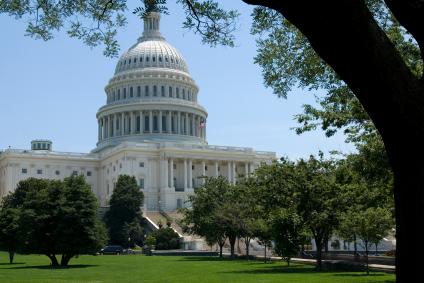
What are Midterm General Elections?
Midterm General Elections are all about Congress. While Presidential General Elections are every four years, the Midterm elections fall in between at the 2-year mark. “General” election basically means it is an election that happens in all states and territories at the same time. While the Midterm Primaries ran earlier in the year and determined the nominees who would run, the Midterm General Election is on the second Tuesday in November, just as the Presidential Election is, every 4 years.
Congress is the Legislative Branch of our government, made up of 435 members of the House of Representatives and 100 Senators. Congress provides a check and balance on the Executive Branch of our government, led by the President and Vice President. A change in the composition of congress can create a dramatic power shift in the function of an administration.
Why are midterm elections important?
- Midterm elections give YOU, the voter, the opportunity to decide which party controls both the House of Representatives and the Senate.
- Midterms take place in the middle of a Presidential term: the midterms empower YOU to voice your approval or dismay at how the current administration is governing.
- Midterms are a face-off between our two major parties – Democratic and Republican. These elections can be just as heated as a presidential race, because of what is to be won. That winning party will gain control of the legislature, which holds the power to enact laws, declare war, and much more.
- The party represented by the President hopes to gain majorities in both the Senate and the House of Representatives in the midterms. This will smooth the way for the President’s legislative agenda to be approved by Congress.
Midterm Election Numbers at a Glance
|
House of Representatives |
Senate |
|
435 members |
100 members |
|
Representatives/state based on state population |
Two Senators/state |
|
2-year terms |
6-year staggered terms |
|
All seats are up for election every 2 years |
One-third (33 or 34) are up for election every 2 years |
Who’s up for election?
- 35 of our 100 seats in the Senate will be up for election to 6-year terms. Currently, the Republicans control the Senate, but only by a very slim margin. With 35 Senate races on ballots across the nation, a power shift in the Senate is possible.
- There are 2 Senators from each state, and because of staggered terms, same-state Senators are never up for election in the same year.
- All 435 seats of the House of Representatives will be on the ballot, as these members serve 2-year terms.
- The state’s population determines the number of representatives in each state.
- Through what is called “apportionment” state maps are drawn into congressional districts and each is assigned one Representative seat. This year, each congressional district represents approximately 761,000 people.
- In General elections, other races are also on the ballot. Note that 36 of 50 states and 3 territories will also hold Gubernatorial elections in the 2018 Midterm General Elections. That’s the top executive office in more than half the states: the office of the Governor.
-
- What this means: Governors hold a lot of power in the states for new and revised policies and programs including executive orders, executive budgets, and legislative proposals and vetoes. Governors may also control the appointment of department and agency leaders as well as state court judges.
- What this means: Governors hold a lot of power in the states for new and revised policies and programs including executive orders, executive budgets, and legislative proposals and vetoes. Governors may also control the appointment of department and agency leaders as well as state court judges.
-
- States with gubernatorial elections will also vote for state-wide officers who serve under the Governor. These may include the Secretary of State, Attorney General, and Lieutenants Governor along with the vote for State and County Judges.
- States with gubernatorial elections will also vote for state-wide officers who serve under the Governor. These may include the Secretary of State, Attorney General, and Lieutenants Governor along with the vote for State and County Judges.